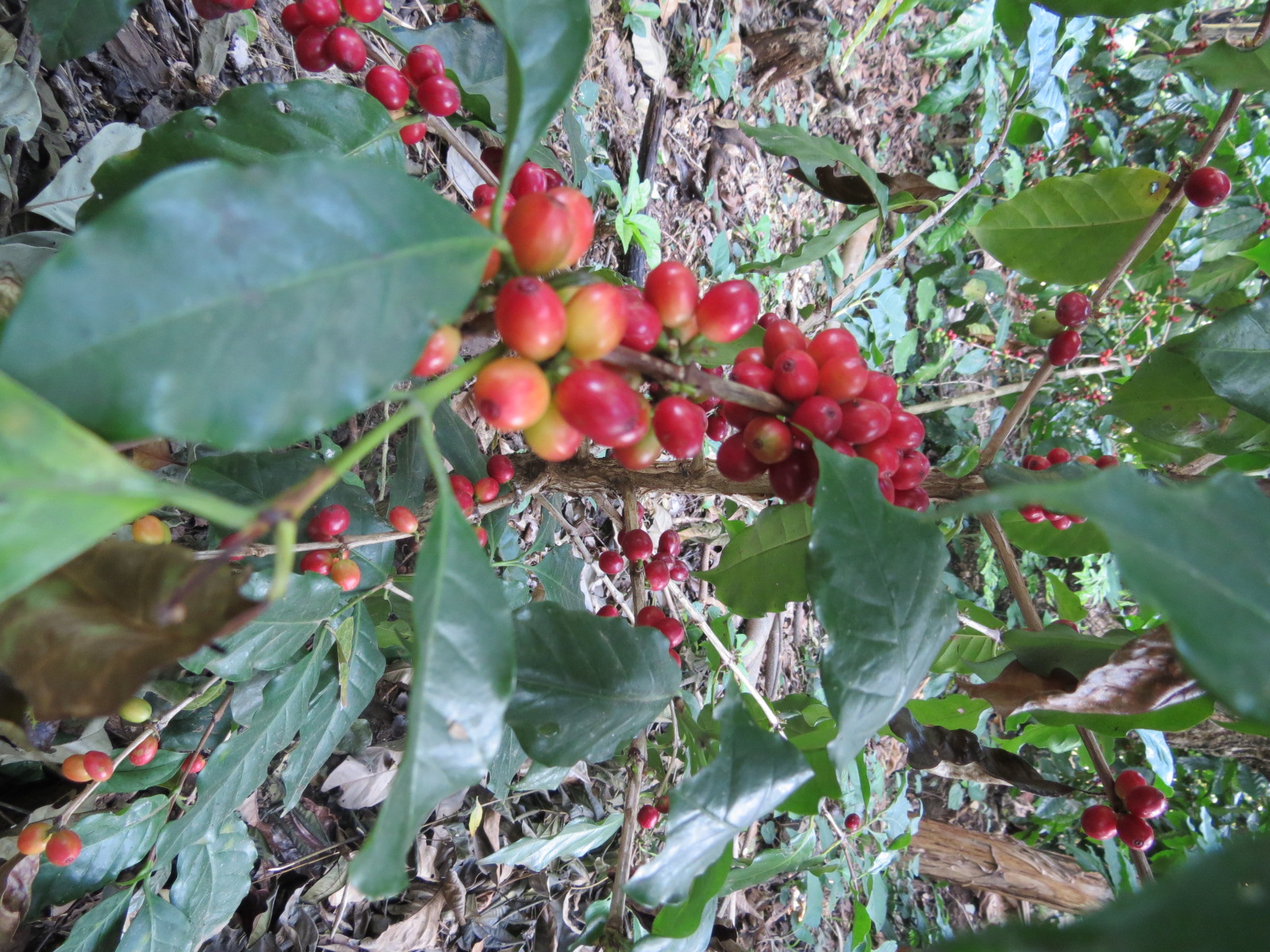Building Block 2 (BB2) focuses on revaluing coffee, due to the fact that coffee prices fluctuate in the international market, making it difficult for small coffee growers who historically grow coffee on leased or owned land, and when there is no evidence of profit, they sell the land or change the crop, which modifies the soil and strips it of vegetation. In other scenarios, the land is used for urbanization, modifying the landscape, endangering wildlife and reducing ecosystem services.
The first step implemented was to change the traditional production approach towards an agroecological management that creates additional income within the farm, with differentiating elements for the consumer. Some of the practices implemented were: infiltration pits, cyclical crop renewal, soil protection with organic matter, diversified shade through the incorporation of fruit or forest trees, among others.
The second step was to strengthen the associativity of small coffee growers through local governance platforms, and to establish links with fair trade businesses that improve income from the sale of coffee and reduce processing costs.
